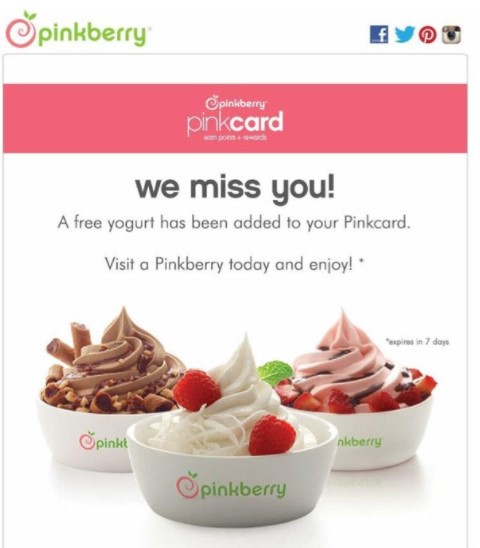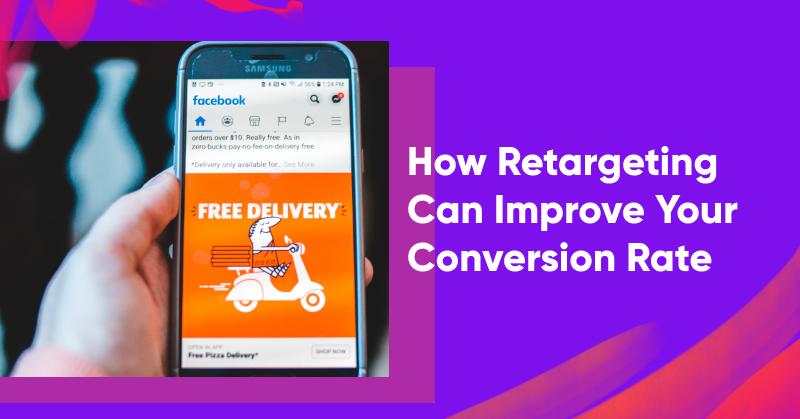Did you know that 92% of first-time visitors are not on your site to make a purchase? They’re either seeking information or simply comparing prices and other variables. Some might be interested in your products or services after visiting your website, but they’re not ready to convert just yet.
Luckily, technology has unearthed various tactics to help you reconnect with these people after they leave your site, and retargeting is one of them. If you’re a marketer unfamiliar with retargeting and how it works, this article is for you.
Let’s get started!
What is retargeting?
Retargeting is a technique used to reach website visitors who do not convert on their first visit. These visitors, who’ve left your website without making a purchase, will see your retargeting ads on other websites or platforms as they move about the internet.
There are two broad types of retargeting ads:
- Pixel-based retargeting
- List-based retargeting
How does retargeting work?
The two main types of retargeting work in slightly different ways. You may opt for pixel-based retargeting or list-based retargeting depending on your campaign goals.
For pixel-based retargeting, you place a discreet piece of JavaScript code (a pixel) on your website that drops an anonymous cookie in your visitor’s browser when they visit your website.
Once visitors leave your site, this cookie will notify retargeting platforms like Google Ads, Facebook, and Criterion to show them specific ads based on their browsing history. Pixel-based retargeting is timely, behavior-based, and specific to a particular page on your site.
List-based retargeting is based on the contact information you have for your visitors. Once you upload a list of email contacts from your database to a retargeting platform, your target audience will see your ads as they scour the web.
Retargeting vs. remarketing
Retargeting and remarketing are two different tactics often used interchangeably. Both aim to bring back customers who’ve bounced from your website, helping you increase your conversion rate.
Here’s the difference: remarketing uses emails to persuade visitors to complete their purchases after abandoning their shopping carts, while retargeting uses paid ads to target a broad range of people.
How to leverage retargeting ads to increase conversion
Retargeting ads will only work for you (and your business) if you understand your visitors’ online behavior. If you’re planning to launch a retargeting ad campaign or already have one up and running, here are some tips to make it effective and successful.
1. Segment your audiences
If you’re thinking of a “one-size-fits-all” approach for your retargeting campaigns, be ready for a low conversion rate or, worse, no conversions at all. This approach is unlikely to succeed because each visitor to your site has different goals and interests.
Clustering your audience into different lists lets you show relevant ads and maximize your chances of securing a conversion. Additionally, it allows you to re-engage your audience at an appropriate time and location with the right message.
Basic audience segmentation involves demographics of gender, age, parental status, and others. But for more refined retargeting, you should segment your audience based on their specific behaviors, like:
- Shopping cart status
- Conversion pages visited
- Social media activity
- Number of pages visited
- Specific pages visited
- And more…
For instance, an audience that abandoned their shopping cart will see a retargeting ad displaying free shipping or discount offers. This has a good chance of convincing them to click on the ad and complete their purchase.

You can also segment your audience based on the time passed since their last visit to your site. For example, someone who visited your site a month ago won’t see the same ad as someone who visited your site just a few days ago.
Note: If you retarget the wrong audience, you’ll be wasting your time and marketing budget. To avoid this, it’s critical to segment your site visitors effectively. Also, use a burn pixel to remove visitors who complete a purchase. You don’t want to retarget online shoppers with the same product or service they’ve already purchased!
2. Use the right ad settings
Ad settings will increase the success rate of your retargeting campaign, allowing you to get more qualified leads to your site. Some ad settings that will improve your retargeted ads include:
Frequency caps
Set a frequency cap to control the number of times a user sees the same ad. If you show the same ad to the same audience more than several times, they’re likely to ignore the retargeting ad completely.
While there’s no one “correct” frequency rate for showing your ads, you can conduct A/B testing to identify an optimal number for your own retargeting campaigns. You should also consider a recency cap (how often a browser sees the same ad) for your retargeting campaigns.
Bid adjustments
As you employ your retargeting campaigns, you’ll collect more data and achieve varying results based on different factors. Therefore, you should adjust your bids based on the information that you collect.
You can adjust your bids based on audience type, demographics, and specific days or times, among other things. For instance, if you’ve learned that you have a high conversion rate with male visitors, your bid adjustments should be higher for males than for females. It’s best to start with minor bid adjustments as you gain confidence.
3. Write good ads
The kind of ad you show your target audience will determine whether you convert or not. Therefore, you must optimize your ads to maximize your conversation rate. Your retargeting ads should have striking visuals that complement the ad copy.

The ad should contain a crisp headline that grabs the reader’s attention and keeps it until they convert. What’s more, the copy should spark curiosity in the audience, prompting them to take action almost immediately.
Use a compelling call-to-action to draw the audience in. Make sure you deliver what the audience wants or expects: for example, enticing and irresistible offers like free shipping or a great price make users want to claim the offer before it’s gone.

Final word
Now that you understand what retargeting is and how it works, it’s time to put it to work for your business! Just remember to cluster your visitors into lists and write compelling, irresistible ads.
You should also optimize your landing pages to ensure your target audience finds what they expect once they click. And by tweaking settings like frequency caps and bid adjustments, you’ll increase the success rate of your retargeting ads. If you still have questions about retargeting ads and how to implement them, feel free to leave a comment below.
Share this
Written by

Michael Meyer
Michael is a writer & content strategist. His main areas of expertise are business growth & sales. He loves traveling, delicious food, and cars.












